The Big Cedar and Kennedy Falls hike is one of those typical North Vancouver trails that immediately make you understand why everyone likes hiking in Vancouver. Even looking at the trees impresses you on this hike. It’s neither too easy nor too difficult, it’s just the perfect length for a half day hike, equally scenic in any season – and it ends at a very pretty waterfall. It’s also one of the best hikes for a rainy day in Vancouver, because you’re under the cover of the giant trees.
The trail takes you through gorgeous West Coast temperate rainforest in the Lynn Valley, and it has two attractions to make it unforgettable: Kennedy Falls and the 600-year-old Big Cedar Tree. This is your guide to everything you need to know about the hike, including parking and different variations.
DO YOU NEED A CAR FOR YOUR ROAD TRIP? SEARCH, COMPARE AND SAVE:
Discover Cars is one of the world’s largest online car rental platforms with vehicles in 10,000+ locations. Compare the best rates here.
Hike The Big Cedar and Kennedy Falls Trail
Once a barely known trail, its popularity has been increasing, though it’s still not among the most popular North Vancouver hikes as it doesn’t offer wide views of mountain peaks and open spaces. But the very first challenge when tackling this hiking trail will be parking.
How to access the trailhead?
Most hikers reach Kennedy Falls on an out-and-back trail from the Mount Fromme parking lot. It’s located at the end of Mountain Highway and was built in the early 2000s. It’s not large, and it gets quite busy. The trailhead is popular with bikers, and there’s a large network of biking trails in the area.
The Kennedy Falls hike doesn’t get as much traffic as the biking trail, but it has been getting more popular in the past years. It’s still not among the most well-known waterfalls in North Vancouver, mostly visited by locals.
The trailhead for the Kennedy Falls hike is on the gravel road, past the turn off for the Mount Fromme parking lot. However, the other problem with the Mount Fromme parking lot is that it only allows parking up to 3 hours. The 9.6 km return hike is usually done in 4-6 hours though. So you either take the risk, or park further and hike more.
Where can you park then? In the parking lots of Lynn Headwaters Regional Park, or on the street. Street parking seems to be an easy choice, but as you drive around the neighborhood, you’ll realize that the closest streets have either resident-only parking or a 2-hour limit. (It’s not a coincidence. It’s the usual case in those areas of Metro Vancouver where visitors flood the residential streets.) So the first unrestricted street parking opportunity (Mill Street, Dempsey Road or Evelyn Street) will actually add 1 km of distance and about 150 meters of elevation gain to your hike. You need to head back to Mountain Highway, and walk up the hill along the road to the trailhead at the Mount Fromme parking.
Another option is to take #210 bus to the Coleman Street stop on Mountain Highway, then walk up Mountain Highway to the trailhead. It adds some walking along the road, but you don’t need to worry about parking.
Kennedy Falls hiking essentials:
- Parking & trailhead: Mount Fromme parking at the end of Mountain Highway (Fromme Mountain Recreational Trails) – limited to 3 hours
- Length: 9.6 km return
- Difficulty: medium
- See the Kennedy Falls trail map here.
Alternative trailhead: Lynn Headwaters
Another option is to park in Lynn Headwaters Regional Park. I wouldn’t say that parking is not competitive there (especially on a sunny summer weekend), but there are several parking lots, and larger, too, than the Mount Fromme parking lot.
This will also add extra distance to your hike, but you’ll take trails rather than sidewalks which is usually my preference.
So drive all the way to the end of Lynn Valley Road, and enter Lynn Headwaters Regional Park. Park in one of the gravel parking lots on the right side of the road, or simply on the gravel shoulder. You need to look for Baden Powell Trail – see where it crosses the road on this map.
Then hike on Baden Powell Trail until it crosses Mountain Highway. The trailhead is only about 200 meters on the gravel road from there. This variation of the hike is 12.2 km return.
Find Cedar Tree Trail – and stick to it
So one way or the other you arrived at the trailhead past the Mount Fromme parking lot. Start walking on the gravel road for about 500 meters, then look for a sign “Cedar Tree Trail” on the right side. It’s located before a hairpin turn on the road.
Several mountain biking trails will cross this gravel side trail, just make sure to stick to Cedar Tree Trail. Even though you won’t always find the name on the trail signs. At the next junction, you’ll need to stay right. If you cross a creek, you’re on the right path.
Hike through the temperate rainforest
Kennedy Falls via Cedar Tree Trail follows an old logging road through the forest. It’s a trail that doesn’t belong to any park, and is not maintained as regularly as others in the area. Though it doesn’t climb up a mountain (which is the usual case when you start hiking in North Vancouver), the terrain is rough, can be very muddy and slippery.
You’ll also find creeks to cross on the way – but no bridges. The creeks might not have too much water (that depends on the season though), but you still need to scramble down the steep bank into the stream bed, then climb up on the other side. We were able to hop from rock to rock, but waterproof hiking boots are definitely recommended for this hike.
The Big Cedar Tree
Watch out for the trail markers as you meander through the forest and climb through a few more gullies. You can’t help noticing the 600+ year old red cedar as you pass it, because it stands out with its giant size. The Big Cedar is among the oldest ones near Vancouver, and one of the few trees in the area that was not logged.
Lynn Valley in North Vancouver was once home to many of the tallest trees on Earth. Sadly, most of them were clear-cut. This single 4 meter wide cedar was somehow spared. The happy ending for this particular tree is not perfect though. The soil around the big Cedar is eroding, mainly because of the increased use of the trail.
So please be careful, and don’t trap on the exposed roots of the Big Cedar. It has survived for more than 600 years, but if its roots get damaged that might mean the end of its long life. It’s already fenced, and there’s a marked path to be used – stick to it.
Reaching Kennedy Creek Falls
Kennedy Falls (also called Kennedy Creek Falls) is another 1.5 km further from the Big Cedar. The water of Kennedy Creek comes from Kennedy Lake and flows into Lynn Creek at the end. The trail leads you to this creek, and once you reach it, walk upstream a few meters to get the best view of the falls.
Kennedy Falls was a pleasant surprise. It’s only about 7 meters tall, but it’s such a pretty cascading waterfall, surrounded by the lush green forest. With that said, the valley is chilly and dark as it gets very little sunlight. I recommend packing a rain jacket, too, even on a clear day, because there’s a lot of spray from the falls.
When you finished admiring the waterfall, return the same way you came.
How difficult is the Kennedy Falls hike?
It’s a forest trail not to be underestimated. Well-maintained enough, but with lots of large roots and rocks, and several creek crossings on the way. It’s not very obvious to follow sometimes, so keep your eyes open for the trail markers and have an offline trail map.
Some of the more technical sections near the creek crossings make it not a particularly kid-friendly trail. We did it with our 2-year-old, and he was in the carrier backpack during those sections. Older kids might enjoy the challenging terrain.
Waterproof hiking boots are a must as there are several creek crossings, and the trail is often very muddy, anyway.
What to wear hiking in the summer?
Hiking pants, preferably zip-off pants: mornings and evenings are chilly, so you’ll be happy to wear long sleeve pants, but it’s very practical if you can simply zip the sleeves off in the hottest part of the day, or when hiking uphill. Columbia offers affordable, practical and durable models both for women and men.
Waterproof hiking boots: appropriate footwear is very important to have an enjoyable and safe hike. We recommend wearing hiking boots that provide good traction. Waterproofness is also important, because weather in BC is quite rainy for most of the year, and melting snow makes lots of trails muddy well into the summer. Dry feet are key for a happy hike. This Columbia Newton Ridge Plus is a great option for women, and the Newton Ridge Plus II for men.
Long sleeve hiking top: you can wear a lightweight, long sleeve top with sun protection as a standalone wear on high mountain trails (it never gets too hot up there, but the sun will be harsh on your skin on clear days), or you can use it as an additional layer when it gets chilly in the morning or evening at lower elevations. This BALEAF top for women offers UPF 50+ protection, and NAVISKIN has a long sleeve T-shirt with UPF 50+ protection for men.
T-shirt: moisture-wicking and quick-drying technical T-shirts are the best for hiking on a hot day. Here’s a great model for women, and here’s one for men.
Hiking socks: merino wool blends are moisture-wicking and breathable, they keep your feet cozy either when temperatures are warm or cold.
Waterproof rain jacket: a lightweight, easily packable rain jacket should always be in your backpack, just in case. You don’t want to get caught unprepared in a sudden storm. Columbia jackets are affordable and effective for the average hiker, here you find them for women and for men.
Best time to hike to Kennedy Falls
Kennedy Falls is accessible (and usually snow free) year-round, but it can get extremely muddy, and you need to cross several small creeks. The creeks could be too deep and wide during the rainiest months. Between November and March, be prepared for icy conditions or a bit of snow – microspikes might be necessary.
Since the trail is entirely in the trees, it’s a great hike for a rainy day – of which there are many in Vancouver.
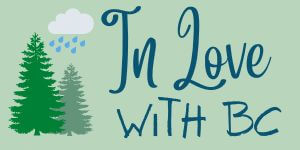
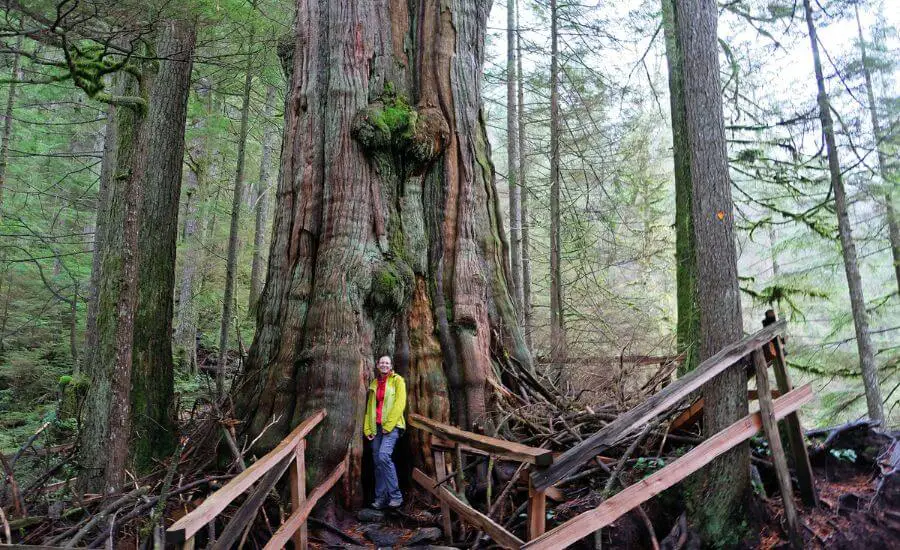


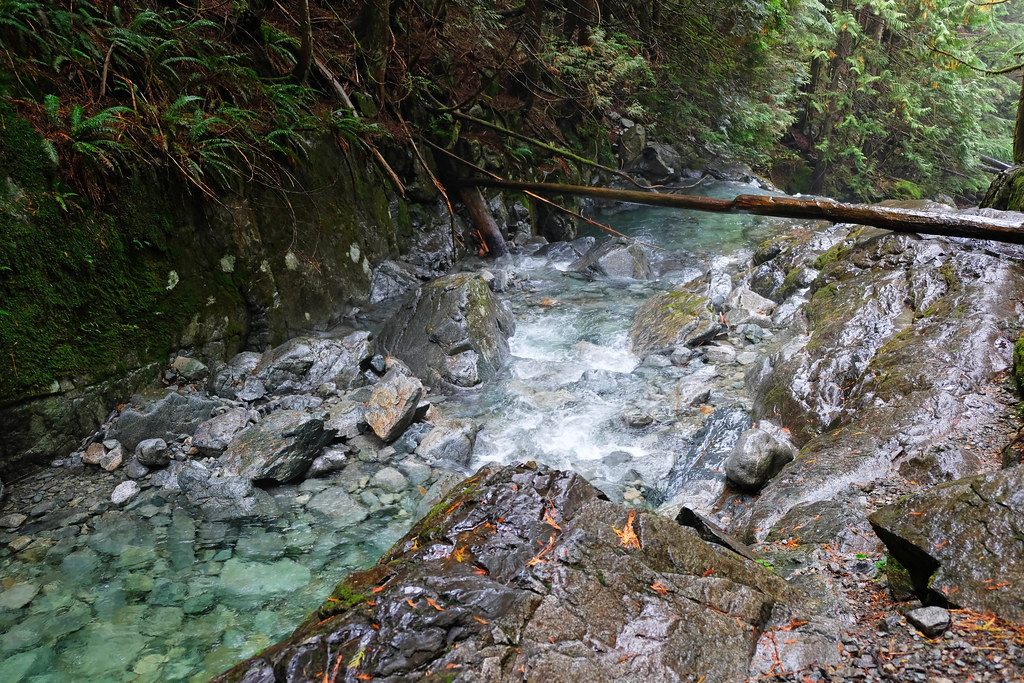
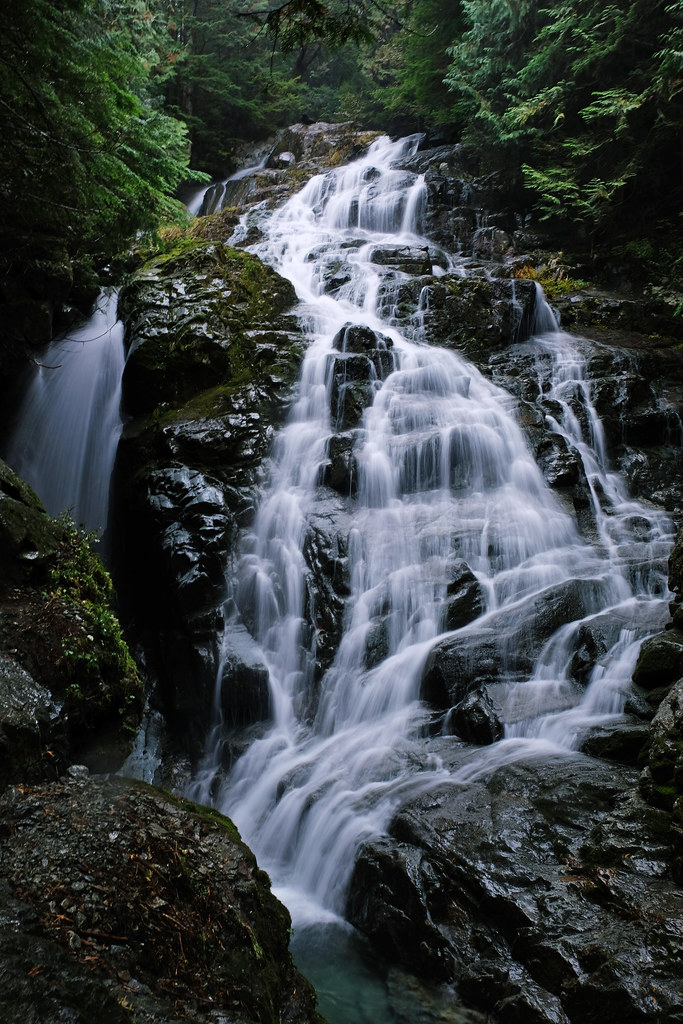
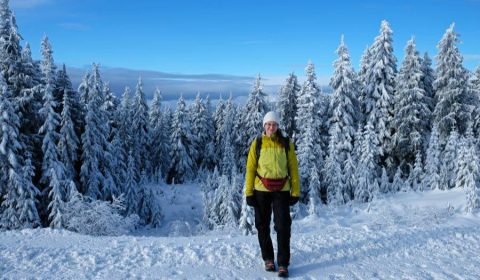
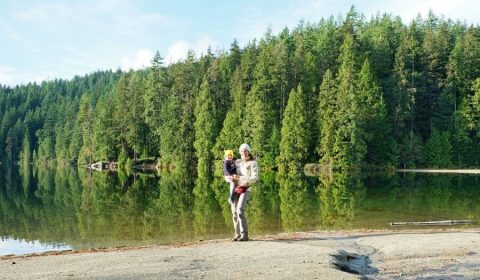

Leave a Reply